What is Keyhole Gardening?
Are you looking for a new way to produce vegetables similar to the victory garden from the WWII era? If that’s the case, then I suggest that you consider keyhole gardening. It’s a garden bed design that is especially beneficial for those who live in regions that have poor soil quality or experience droughts regularly. But regardless of your situation, a keyhole garden is a neat design to use. Here’s everything you need to know about what is keyhole gardening. This is where I buy my garden seeds: SeedsNow
What is a Keyhole Garden?
A keyhole garden is a raised circular garden bed design that closely resembles a skeleton-key lock. It’s raised to about hip or waist height for reasons that I’ll get to in just a bit. This gardening design was first used by the people of Lesotho, a nation of South Africa back in the 1990’s.
Their region experienced soil erosion and frequent droughts frequently, so they had to come up with a more reliable gardening method to ensure that they had more successful food crops year after year.
This sustainable gardening concept helps to keep moisture and key nutrients within the soil, while adding an attractive look to your garden. Today, it’s quickly becoming more and more popular among gardeners living in the United States.
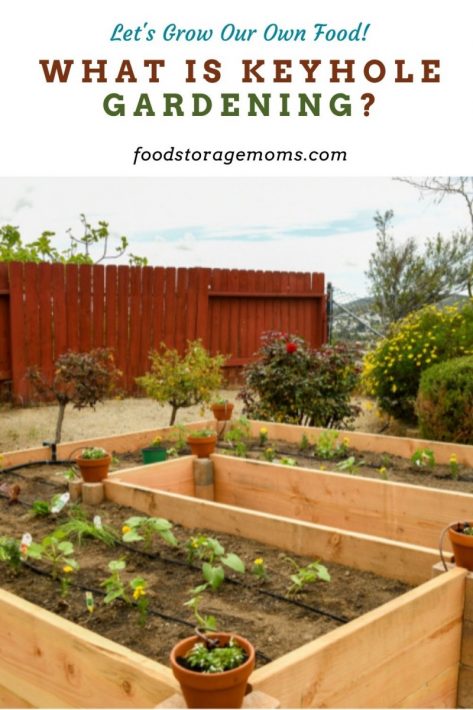
The Concept of the Keyhole Design
What’s neat about the keyhole design is that you have easy access to the center of your garden without ever having to step foot on your garden’s soil. There’s also a cage at the center of the garden where its main function is to serve as a compost pile. There you can put your yard and kitchen waste so that you have a place where everything can decompose and be used as a fertilizer rather than throwing it out as garbage.
Those nutrients from your compost pile are then released back into your garden’s soil every time you water it. In fact, the soil is so rich in nutrients that you’re guaranteed to have a better crop yield than what you would with a traditional garden. You also won’t be needing commercial fertilizers at any point with this gardening concept.
The Design of a Keyhole Garden
As far as the design goes, there’s really no wrong way of building one as long as you remember to create a compost cage in the center. They’re usually no more than 6 feet in diameter, with an outside wall of around 2 to 3 feet in height.
Be sure to sit down and plan out your keyhole garden by choosing the shape that you want to use, whether you prefer circular, oval, octagon, or square. You also have to decide whether you will be using stone, brick, concrete blocks, or cedar wood as construction materials. The best material that I would suggest you use for your compost cage is chicken wire. That way the nutrients are able to seep out from the compost pile and back into your garden soil.
Why are Keyhole Garden Designs Raised So High?
The answer to this is short and simple. A keyhole garden bed is raised for two main reasons. One, it keeps gardeners from having to bend over or stoop down in order to tend their plants. This reason alone should interest some of you that have a much harder time getting around in your garden area.
And secondly, it promotes proper drainage so that your garden soil is moist but not overly soggy. This helps to create the perfect growing environment for your plants no matter what climate you may be living in.
A Healthy Compost Pile is Critical for a Keyhole Garden
If you want to have great success with the keyhole garden, you’re going to need to have a compost pile that’s rich in minerals. You can do this by adding a variety of organic matter, such as food scraps, vegetable waste, grass clippings, dried leaves, and weeds onto the pile. And by adding water to your compost mound, you will help speed up the decaying process.
As this begins to happen over time, the organic material will turn into a dark compost that’s rich in nutrients. It can then be used as a fertile soil conditioner for your surrounding plants. If you are still new to the idea of composting, here’s more information on the subject.
Care and Growing Tips
As long as you are continuing to add scraps to your compost pile, a keyhole garden should be sustainable with all of the right nutrients for several years to come. These are a few care and growing tips for you to use if you’re thinking about going with a keyhole design:
- Be sure to purposely water directly into your compost pile. This allows for nutrients and other key minerals to be carried into your garden soil every time that you water it.
- When you start to notice that your compost pile is settling down and compacting, go ahead and add more scraps to keep the top of the compost level with your garden soil. You can even make it slightly above the garden level if you choose to and it shouldn’t take too many scraps to get you there.
- In order to maintain a healthy soil balance for your garden, make it a habit of rotating your crops annually. Planting the same crops in the same exact location year after year will deplete the nutrients in your soil faster than it ought to. There are certain plants available that will add minerals back into your soil. Take peas for example. They’ll add nitrogen back into the soil.
- About every 3 to 4 years, completely clean out your compost pile in the center of your garden and start fresh.
- When springtime comes around, make sure that there aren’t any loose stones or any repairs that need to be made to your keyhole garden before you start the upcoming season.
Final Word
As you now know, a keyhole garden helps your garden soil maintain moisture and all of its important nutrients. They also make your life as a gardener a whole lot easier. If you’re thinking about starting your first keyhole garden, I’d love to hear what design shape and materials you plan on using. May God Bless this world, Linda.
Please Check Out What To Plant Each Month:
- What To Plant In January
- What To Plant In February
- What To Plant In March
- What To Plant In April
- What To Plant In May
- What To Plant In June
- What To Plant In July
- What To Plant In August
- What To Plant In September
- What To Plant In October
Copyright Images: Raised Garden AdobeStock_336792193 by Gloria Moeller

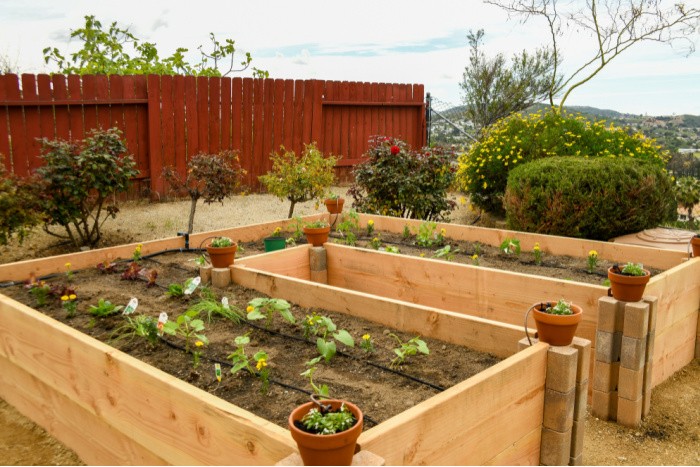

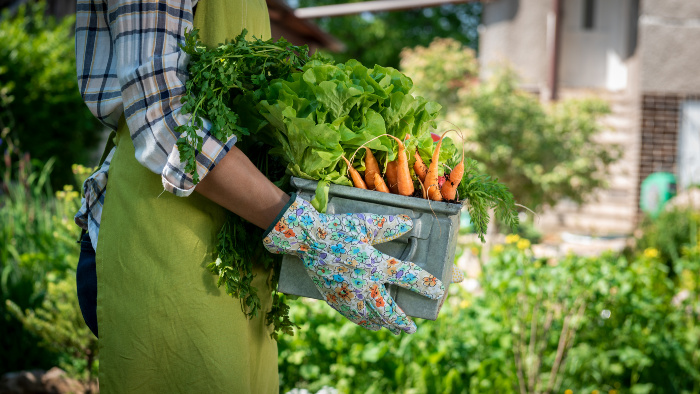
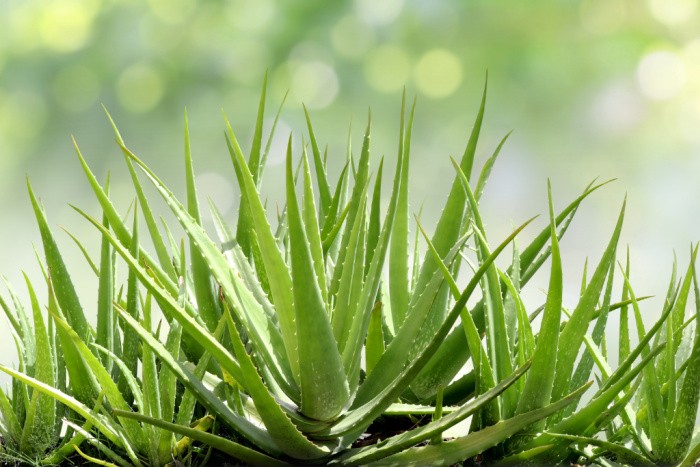
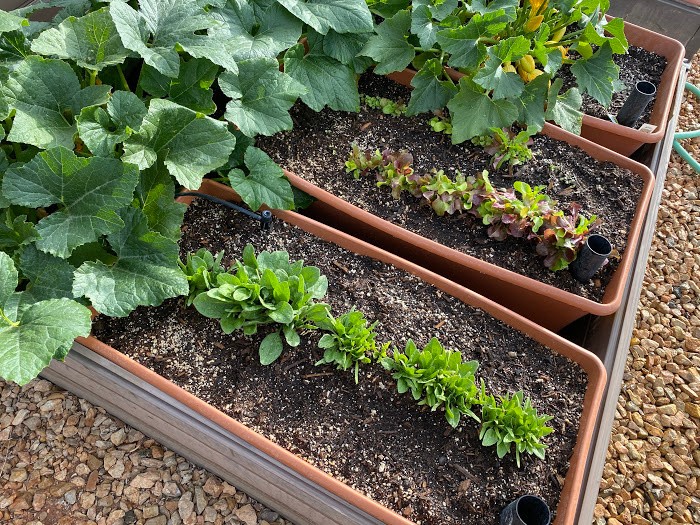
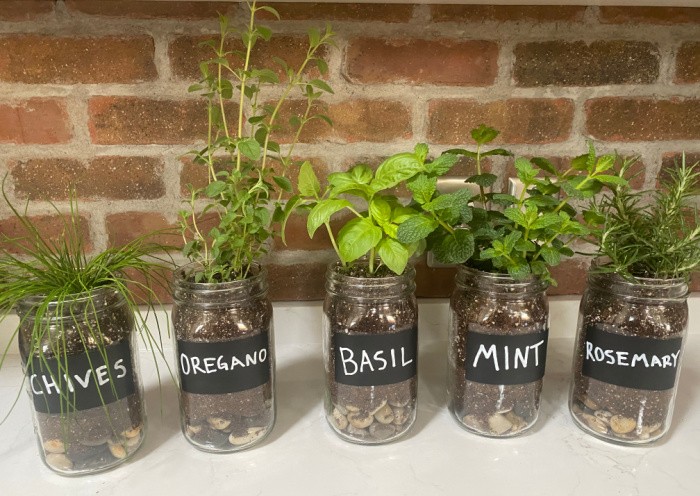
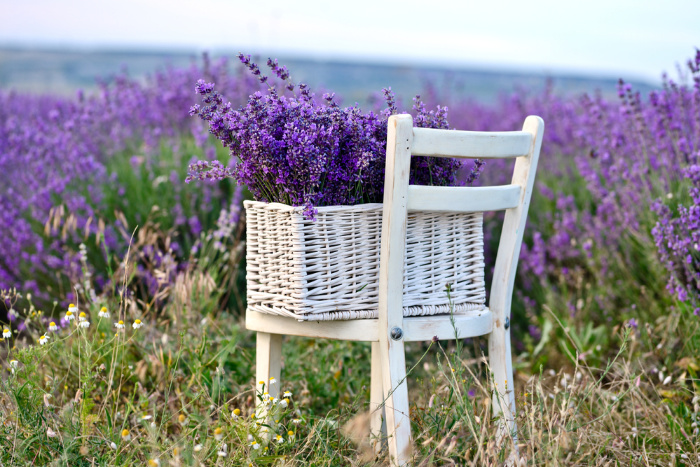
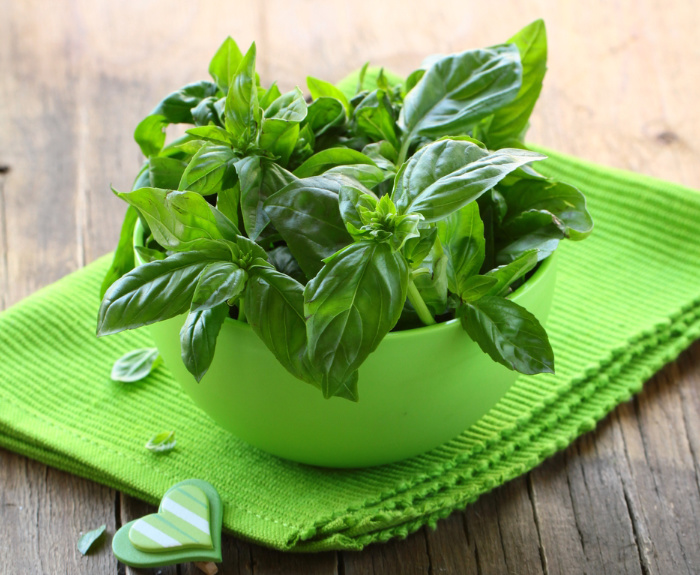
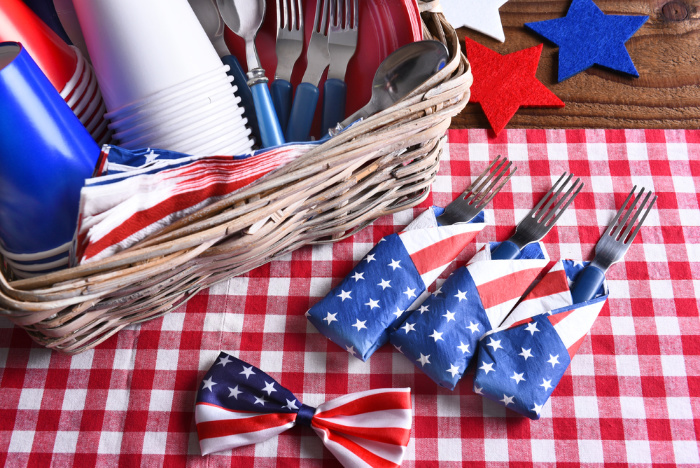
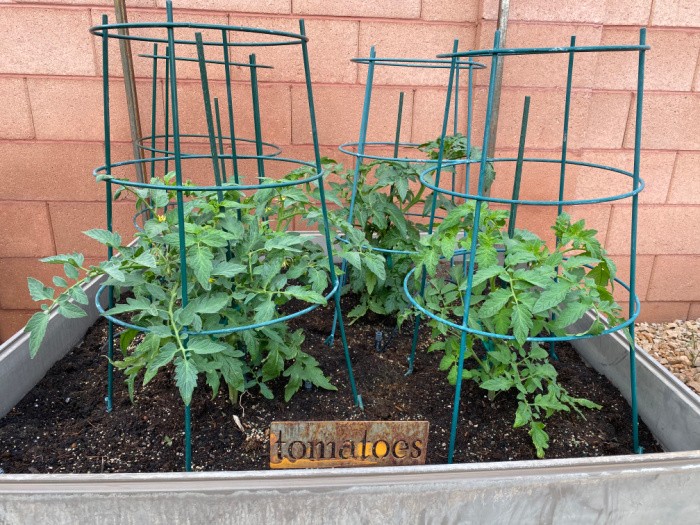
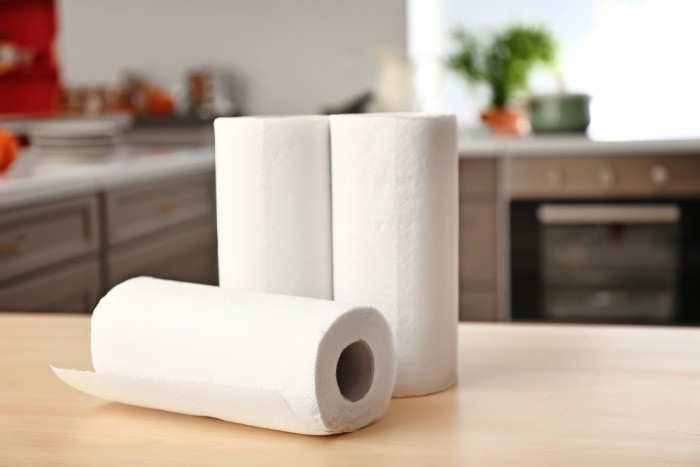
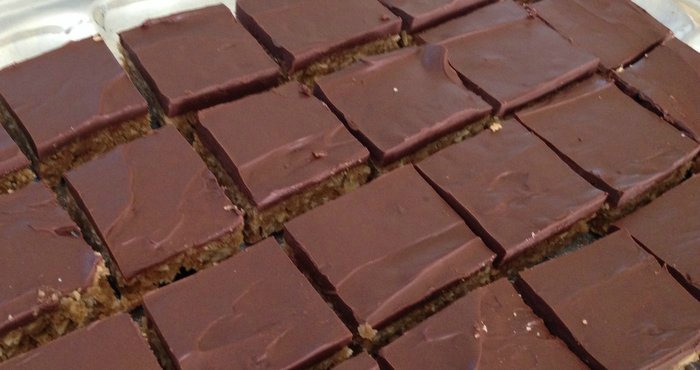










Interesting
Hi Matt, some people have poor soil, we have to do what we can. I could grow so many more vegetables up north because the soil was better. The desert here has clay, not great for growing anything. Well, cactus. LOL! Linda
I purchased a keyhole garden from Costco about 3 years ago that had a compost section in the top of the u-shape similar to the picture. It is made out of a PVC type of material which won’t rot. I need my raised beds/gardens high as I cannot bend down to pick green beans, my favorite vegetable to grow. Nothing beats fresh green beans from the garden – seeds always from SeedsNow.
But experience with raccoons in the neighborhood quickly helped me to think of something else to use the compost space for -flowers! Raccoons were attracted to the ollas (containers of water buried in the soil to release water to the root systems) and then they helped themselves to the rest of the garden digging all around looking for grubs. Very discouraging!!!
I have seen some very beautiful keyhole gardens made of rocks.
Hi Carol, I saw those at Costco!!!! I really wanted one but I have seven raised garden beds that are 18 inches tall. They work awesome here in the desert! It took me a few years to figure out what soil works here but now I 20 tomatoes planted, zucchini, crookneck, beets, cucumbers, mint, basil, and lettuce, spinach, and cilantro. Life is good with raised garden beds! Those darn raccoons, we have desert rats, flowers are awesome! Linda
Kehole gardening may prevent having to bend over so far but this works where there is a lot of rain. the raised bed allows drainage better than being on the flat. However you should mention that the sun shines on the wooden sides and a raised bed in a dry climate takes 3 to 4 times as much water. Not a good idea for Utah.
Hi Ted, great comment. My raised beds are 18-inches high they are made out of plastic. Mine do not take 3 to 4 times as much water. It took me about 5 years to figure out how what soil to buy. The clay where I live would never grow anything. I have to have raised beds, I have seven and produce a lot of vegetables. I buy the solid from Star Nursery in a peach pink bag designed for herbs and vegetables. It’s perfect. Linda
There’s a further possible method that can be incorporated into the high raised beds–Hugelkulture. Instead of filling the entire depth of the bed with soil, fill the bottom foot or two with wood–logs, sticks, branches, untreated lumber scraps–and fill in any spaces with leaves, pine needles, grass clippings, etc. Then add the soil on top. Over a long time, the wood rots down (of course you’ll have to add more soil/compost as this happens) while holding moisture very well. Might be a good method for those in dry climates, worried about how much water would evaporate.
This is my plan for most of my garden, eventually–I’ve scavenged some old metal roofing for the sides! I know metal might not be the best idea in a truly hot climate (I’m in N.H.) but I’m planning to paint over the metal, at least the south sides, with white to reflect heat, if that turns out to be a problem.
The original version of Hugelkulture is to make long piles of logs, etc., and then cover them with soil, so you’re raising various crops on those raised banks. I figured beds would be easier for me, long term, than banks, since grass would try hard to re-establish up the banks.
Hi Rhonda, I agree, fill the bottom with the items you mentioned. I have some family members who have a garden with that metal roofing. They look awesome. Or at least it looks like metal roofing. They put wood on the edges and the top. I love the look of them. My plastic ones are still holding out. They are like ten years old but when they give way, I want metal. Great comment! Linda
What do you do to keep small critters and raccoons out? We’re not allowed to have fences in our association area. Help!
Hi Kay, I hear you on the HOA. I live in an HOA, and they are over the top with rules. But, anyway, I know neighbors have had raccoons in their yard about a 1/2 mile up the road. We have not heard of any on our street yet. The critters we get are desert rats. And squirrels. I have a friend that put chicken wire around her garden but it did not work. So I have her pick from my garden. I don’t know if it’s because I have dogs (they do not bark very often, I will not put up with it). So do raccoons smell dogs, I do not know. I’ve been lucky with my garden, except the squirrels think my pomegranate bush/tree is a buffet. Let’s see what people are doing with critters. Raccoons are vicious. Stay safe, Linda
Hi Linda,
Wow what beautiful article Linda.This is first time i am reading about the keyhole gardening and i am loving it. Its very useful for the areas having drought and low quality soil as you have mentioned. But definitely i will try this keyhole gardening. One thing i love about this gardening is making a compost hole in mid of the bed so they nutrients divides properly in the soil.
Linda I Love gardening and want to share some information about the making of natural compost which we can use inside the compost hole in mid of our bed. You will get complete information here https://www.gardenreviewer.com/how-to-make-the-best-organic-compost-for-vegetable-garden/. I prepare this for my vegetable garden and you can also try this.
Your article is very engaging. Looking forward for more blogs like this from your side. I think we all gardeners should exchange information with each other to get more and vast knowledge in gardening.
Thanks
Ben Martin
Hi Ben, oh my gosh, I LOVE LOVE LOVE that article! Thank you for sharing, I love learning new stuff! This is what I love about our group, we help each other through comments. It’s so awesome!! Linda
:). Thanks Linda for reading and loving the article.
Ben Martin
Hi Ben, thank you for your kind words, Linda
I have used the Keyhole garden that Costco sells for 3 years now. The important thing they do NOT tell you is that you will have to refill the garden every single year. If you put in layers of sticks, cardboard, grass clippings, old leaves, newspaper, etc. the first year, it will work great. But….the soil level will go down down down as it all decomposes and becomes great compost.
In the second year, the soil level is almost half of what you started with. You will have to shovel all the soil out of the keyhole garden into bins or garbage containers and then do the whole sticks, cardboard, leaves, newspaper all over again. Then you put the soil back on top. This is the only way to keep the soil at the proper level without spending an arm and a leg getting compost every year to top up the garden. It’s a bit of work. But it’s worth it. But no one tells you that this needed when you first make the garden.
Hi Hi Inseel, thanks for letting us know. For all of my raised gardens, I have to add new soil, compost, and worm castings every year. I do not remove the old but I turn it over with a heavy-duty pitchfork that’s about 3-4 feet in size. Great tip on removing, that would be hard for me to do. Glad to know that. Linda